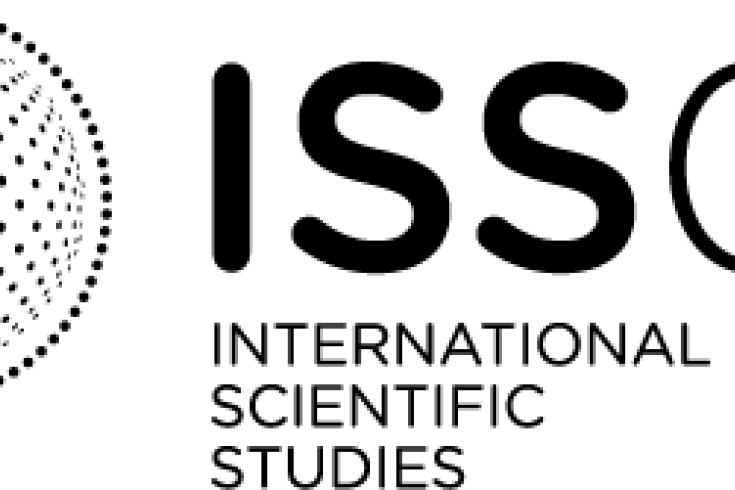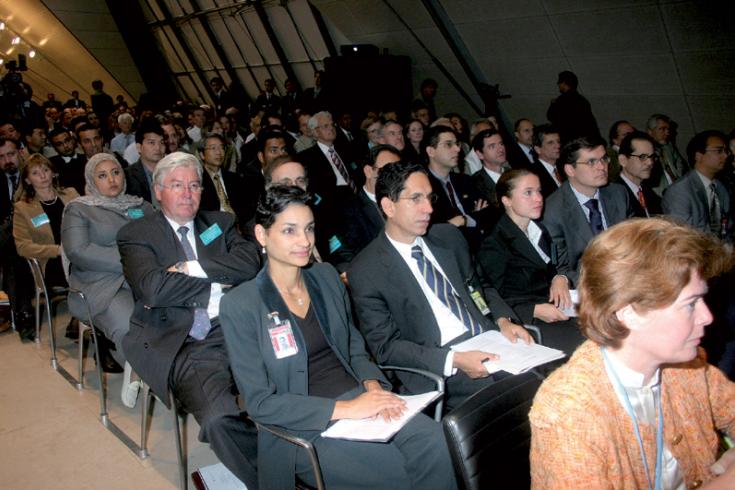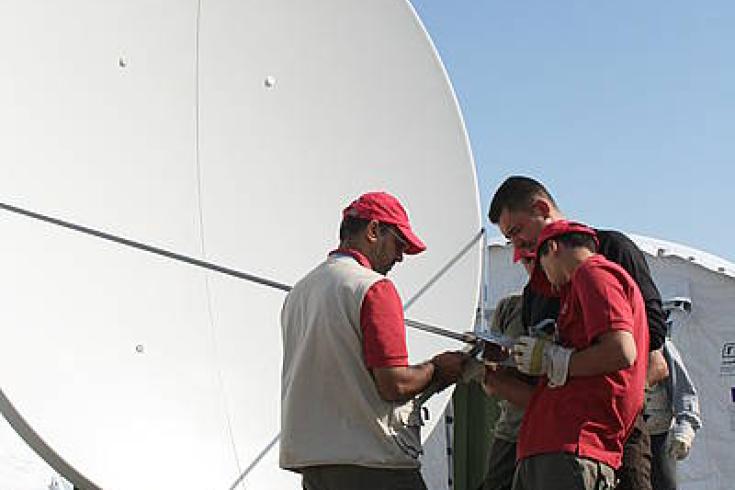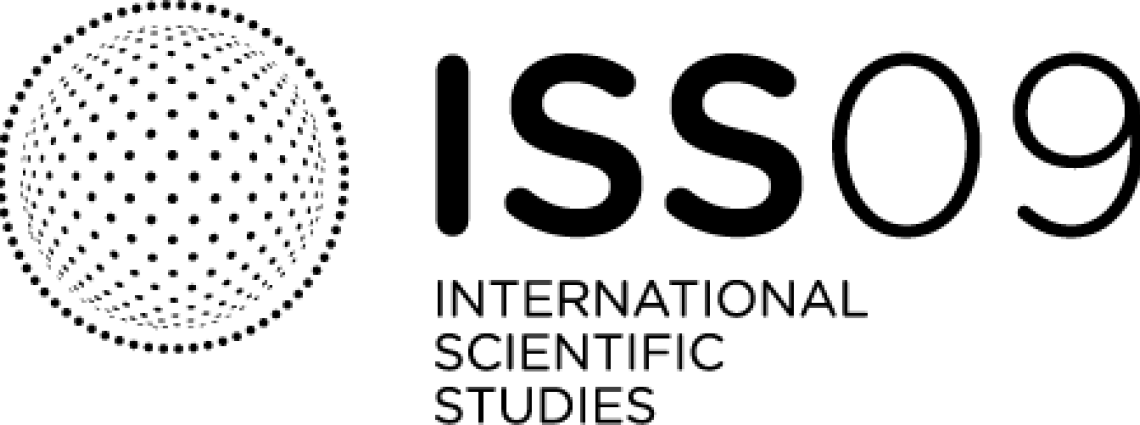U.S. nonproliferation community briefed on International Scientific Studies Project
The main objectives of the ISS are to conduct an independent assessment of the capability and readiness of the Comprehensive Nuclear-Test-Ban Treaty's (CTBT) verification regime to detect nuclear explosions worldwide as well as to provide for further cross-fertilization between nuclear-test ban verification and science.

The International Scientific Studies Project will culminate in an international conference in June 2009
Outreach to the scientific community
The audience was briefed on the recent developments of the ISS: a planning meeting was held in March 2008 which paved the way for the project. The ISS project is currently in the phase of compiling and analyzing scientific results and knowledge in identified topic areas relevant to the Treaty’s monitoring and verification capabilities. It will culminate in an international conference in Vienna, Austria, from 10 to 12 June 2008.
Participants heard presentations from scientific experts from the ISS involved in shepherding the various ISS topic areas of: system performance, seismology, hydroacoustics, infrasound, radionuclide, atmospheric transport modelling (ATM), on-site inspections (OSI), data mining and data fusion.

Experts agree on the large potential for cross-fertilisation of CTBT verification and the global scientific community (picture: the symposium “CTBT: Synergies with Science. 1996-2006 and Beyond” in Vienna).
Fresh ideas for further strengthening CTBT verification
The ISS comes at an appropriate moment as the IMS approaches full implementation. A recently conducted large-scale OSI Integrated Field Exercise will further contribute to this process.

Communications equipment being set up at the Integrated Field Exercise IFE08 in Kazakhstan in September 2008.
17 Dec 2008
